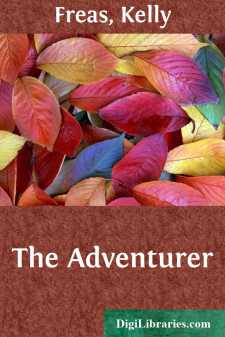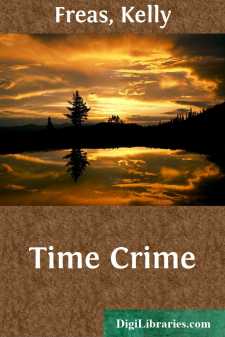Categories
- Antiques & Collectibles 13
- Architecture 36
- Art 48
- Bibles 22
- Biography & Autobiography 816
- Body, Mind & Spirit 145
- Business & Economics 28
- Children's Books 17
- Children's Fiction 14
- Computers 4
- Cooking 94
- Crafts & Hobbies 4
- Drama 346
- Education 58
- Family & Relationships 59
- Fiction 11834
- Foreign Language Study 3
- Games 19
- Gardening 17
- Health & Fitness 34
- History 1378
- House & Home 1
- Humor 147
- Juvenile Fiction 1873
- Juvenile Nonfiction 202
- Language Arts & Disciplines 89
- Law 16
- Literary Collections 686
- Literary Criticism 179
- Mathematics 13
- Medical 41
- Music 40
- Nature 179
- Non-Classifiable 1768
- Performing Arts 7
- Periodicals 1453
- Philosophy 66
- Photography 2
- Poetry 897
- Political Science 203
- Psychology 45
- Reference 154
- Religion 516
- Science 126
- Self-Help 85
- Social Science 82
- Sports & Recreation 34
- Study Aids 3
- Technology & Engineering 59
- Transportation 23
- Travel 463
- True Crime 29
Our website is made possible by displaying online advertisements to our visitors.
Please consider supporting us by disabling your ad blocker.
Disturbing Sun
by: Kelly Freas
Categories:
Description:
Excerpt
An interview with Dr. I. M. Niemand, Director of the Psychophysical Institute of Solar and Terrestrial Relations, Camarillo, California.
In the closing days of December, 1957, at the meeting of the American Association for the Advancement of Science in New York, Dr. Niemand delivered a paper entitled simply, "On the Nature of the Solar S-Regions." Owing to its unassuming title the startling implications contained in the paper were completely overlooked by the press. These implications are discussed here in an exclusive interview with Dr. Niemand by Philip Latham.
LATHAM. Dr. Niemand, what would you say is your main job?
NIEMAND. I suppose you might say my main job today is to find out all I can between activity on the Sun and various forms of activity on the Earth.
LATHAM. What do you mean by activity on the Sun?
NIEMAND. Well, a sunspot is a form of solar activity.
LATHAM. Just what is a sunspot?
NIEMAND. I'm afraid I can't say just what a sunspot is. I can only describe it. A sunspot is a region on the Sun that is cooler than its surroundings. That's why it looks dark. It isn't so hot. Therefore not so bright.
LATHAM. Isn't it true that the number of spots on the Sun rises and falls in a cycle of eleven years?
NIEMAND. The number of spots on the Sun rises and falls in a cycle of about eleven years. That word about makes quite a difference.
LATHAM. In what way?
NIEMAND. It means you can only approximately predict the future course of sunspot activity. Sunspots are mighty treacherous things.
LATHAM. Haven't there been a great many correlations announced between sunspots and various effects on the Earth?
NIEMAND. Scores of them.
LATHAM. What is your opinion of these correlations?
NIEMAND. Pure bosh in most cases.
LATHAM. But some are valid?
NIEMAND. A few. There is unquestionably a correlation between sunspots and disturbances of the Earth's magnetic field ... radio fade-outs ... auroras ... things like that.
LATHAM. Now, Dr. Niemand, I understand that you have been investigating solar and terrestrial relationships along rather unorthodox lines.
NIEMAND. Yes, I suppose some people would say so.
LATHAM. You have broken new ground?
NIEMAND. That's true.
LATHAM. In what way have your investigations differed from those of others?
NIEMAND. I think our biggest advance was the discovery that sunspots themselves are not the direct cause of the disturbances we have been studying on the Earth. It's something like the eruptions in rubeola. Attention is concentrated on the bright red papules because they're such a conspicuous symptom of the disease. Whereas the real cause is an invisible filterable virus. In the solar case it turned out to be these S-Regions.
LATHAM. Why S-Regions?
NIEMAND. We had to call them something. Named after the Sun, I suppose.
LATHAM. You say an S-Region is invisible?
NIEMAND. It is quite invisible to the eye but readily detected by suitable instrumental methods. It is extremely doubtful, however, if the radiation we detect is the actual cause of the disturbing effects observed.
LATHAM. Just what are these effects?
NIEMAND. Well, they're common enough, goodness knows....












